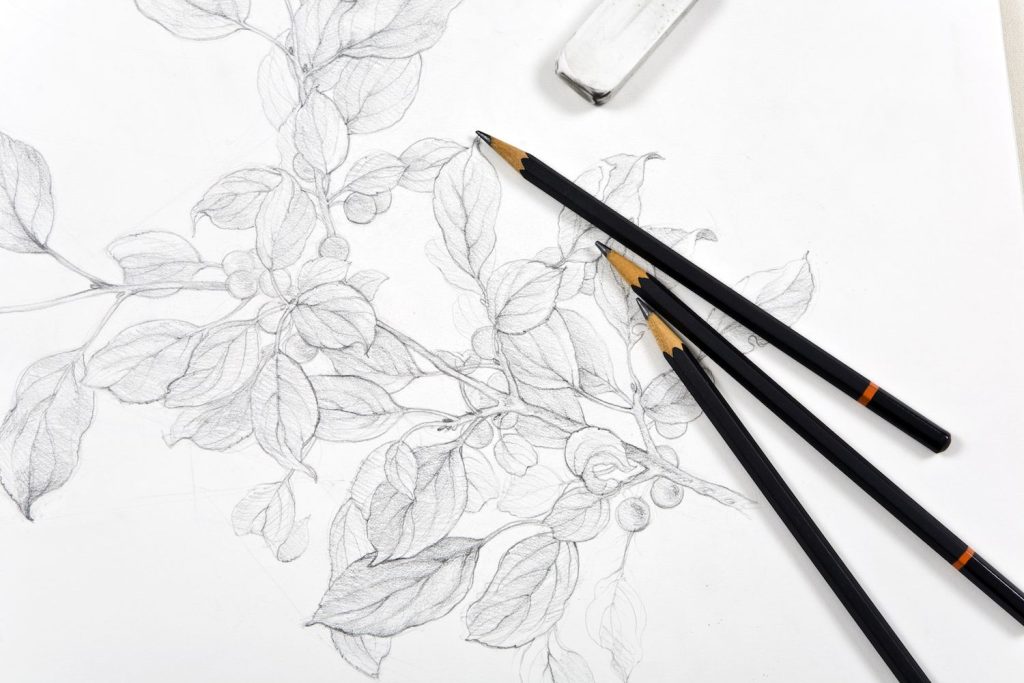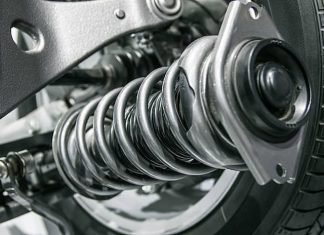
Drawing is one of the simplest forms of art that requires minimal supplies. Really, all you need is a pencil and some paper. While the standard #2 pencil that we all used in school is enough for producing excellent drawings, you’ll need to use pencil for drawing with different lead hardnesses if you want to produce the most realistic and detailed drawings.
Understanding Pencil Lead Hardness
The core or lead inside a drawing pencil is a combination of finely ground graphite and clay. The ratio of these two ingredients will dictate the hardness and darkness of the lead. A higher amount of graphite will give you a softer, darker lead, while a higher proportion of clay will make the lead harder and leave a lighter mark.
The lead grade is a significant factor for both writers and artists. The hardness of the lead affects its durability, texture, smudge resistance, and colour. Writers can regulate the darkness of their lines by altering their lead grade, while artists can use a variety of lead grades to produce different results.
What Do H and B Mean?
When shopping for pencil for drawing you’ll discover that the hardness of lead is categorized into two types: H and B. H is an abbreviation for hard and B stands for blackness. Lead categorized as H is more densely packed and contains more fillers, making it produce the thinnest lines as only a small amount of graphite is released when the pencil is used. On the other hand, B lead is softer and contains fewer fillers, resulting in darker marks.
Using pencils from the B category on the pencil hardness scale, you can create darker lines with much less pressure than is needed for pencils from the H category. The graphite in B-category pencils is less tightly compressed and contains fewer fillers, resulting in softer leads that give off more graphite as you draw. This means you can get a darker mark without having to apply much force.

How are Drawing Pencils Numbered?
For each category, the hardness or softness of the lead is measured by numbers on a scale. To make it simpler to grasp, let’s start in the middle of the scale. There you’ll find the HB pencil. It is often referred to as the “Goldilocks” pencil, as it is neither too hard nor too soft, but just right. As you can see in the scale above, the H category is located to the right of the centre, while the B category begins to the left of the centre.
In each of these categories, the lead is given a numerical designation depending on the degree of hardness or softness. Let’s start with the B category. As you move from the centre HB pencil to the left, the pencils increase in darkness. As the number increases, the pencil gets darker and darker. The first pencil in this category is the one right beside the HB and is known as a B, without a number.
The following pencils are 2B, 3B, 4B, and so on, up to 9B. Although 12B is thought to be a very dark pencil, charcoal pencils are even darker. Charcoal is much more intense and has more texture than graphite. Artists often prefer it because they can blend, smudge, and smear it in ways that graphite cannot.
The H category starts at the centre of the chart and proceeds to the right, with each pencil getting lighter as the numbers increase. The lead in each pencil gets harder as the numbers increase, making the pencils lighter and lighter. The first pencil in this category is the one next to the HB, also known as the H pencil. After that is the 2H, followed by 3H, 4H, and so on, up to 9H.
When to Use Which Pencil?
To determine the best pencil for any given task, it is best to experiment with various types. For basic sketching, an HB pencil is typically recommended, while H or B pencils are also favoured by artists. 2H-4H pencils are best for preliminary sketches that may need to be erased without damaging the paper or canvas.

For watercolour painting, 6H pencils are recommended due to their lightness. Higher-numbered B pencils are great for adding shadows and contrast to drawings. For more complex and realistic drawings, pencils of all grades may be used. While softer B pencils (6B and up) are generally preferred for shading, harder H pencils may also be effective depending on the pressure applied.
How to Choose High-Quality Pencils?
Unfortunately, there is no universal standard for how dark an HB lead (or any other grade) will leave a mark. Each pencil brand has its own standards for the graphite hardness and overall quality of the core, so an HB (#2) pencil from one brand may not leave a mark identical to that of an HB pencil from another.
High-quality pencil leads are made from finely ground, pure graphite so they have a smooth, consistent feel on paper. They also erase easily. The low-quality lead contains impurities that are too coarse and leave gouges, scuffs, and marring on the paper. Lower-quality pencils also contain more fillers like wax and clay, and the writing experience with different grades is not as noticeable.















